Ret. Lt. Col. Anita Mack is the next speaker in the EAA Aviation Museum Speaker Series. Anita will share her experiences as a navigator on the C-130 during Operation Enduring Freedom and Iraqi Freedom in her presentation at the EAA Aviation Museum on Thursday, March 20, at 7 p.m.
Anita grew up near Langley Air Force Base, and her father designed aircraft for NASA, so she always had a natural draw to aviation and the Air Force. “I’m a middle child and was a terribly, painfully shy wallflower. I wanted to join ROTC, but I didn’t think I could cut it,” she said. Anita did various jobs in her early career from being a park ranger to gymnastics coach to paramedic, but joining the Air Force was always at the back of her mind.
“Once I became a paramedic, I was making a little bit of money, and I could afford flight lessons. I was getting my private pilot license at Langley Aero Club, so we’re flying around F-15s, and my instructor says, ‘Why aren’t you flying those?’” Anita still felt it wasn’t an option for her like when she was younger, but her flight instructor convinced her otherwise. And after a particularly rough day as a paramedic involving a high-speed exit away from drug dealers, she knew it was time to pursue her calling; “I was committed 100 percent, and I went to OTS and got in the Air Force.”
Much like her early career, Anita held all sorts of positions during her 25 years serving in the Air Force. She served as a navigator scheduler, tactics officer, navigator flight commander, air mobility liaison officer with the Army, and more.
In her presentation, she’ll dive into her duties as a navigator on the C-130 and experiences over 11 deployments. “In a C-130, the mission is to fly low level, 300 feet, and do a combat airdrop. We could drop personnel, supplies, or vehicles,” she said. “Then we also had high-level airdrop missions, which we would do at night or in the weather. Then, finally, the mission everyone thinks about is the trash hauling, just delivering beans and bullets on time on target to resupply airports.”
Flying in beans and bullets was often dangerous work, but she always had complete faith in her crew. “[To fly into combat], it’s obviously very serious, but it wasn’t overwhelming. It wasn’t this sense of dread. You were there to do a mission. That’s why you trained, right?” she said. “We had threats, and we came back with bullet holes, but I always had complete confidence in our crew, the plane, and our tactics. The added risk to me was just part of the job.”
In 2005, Anita was part of a history-making mission: the first C-130 combat mission crewed entirely by women. “That was one moment in time where we actually had women in every crew position. When I first showed up in the Air Force, there were only three women navigators. There weren’t any pilots, and you might’ve had a load master,” she said. “So to have a point in time where all these crew positions were filled with women was really unusual.”
Like any other mission, the Air Force was not interested in making history, but rather in sending their very best. “You put the best crew together, and that was our mantra. Everybody on that flight was at the top of their crew position,” she said. “But I think [the flight] changed the mindset that you can have two strong women crew members. Before that, it just wasn’t even in their sight picture. No one would think about putting two women on a crew. … It changed attitudes.”
Her final role before retirement, another historic mission, was part of the Civil Reserve Air Fleet (CRAF). “That is civilian airlines who, in a time of war, can be activated to fly for the DOD. In Afghanistan, when we did the withdrawal with civilian airlines, that was CRAF,” she said. It was only the third time CRAF had ever been activated and the first time it was used to evacuate non-combatant refugees.
Anita has been retired from the Air Force since February 2024, and she’s picked up right where she left off with flight training. “I got my private pilot’s license before I joined the Air Force. Now I’m going to school to get the rest of my pilot ratings. I’ve already got my instrument and commercial, I’m about to do a checkride for my multi-engine, and I’m enrolled in CFI next.”
Anita, humble yet insightful, finds important meaning in her experiences. “I am just another person, but I now have a voice that others don’t. I did all 20 years of the war. I’ve seen all sorts of stuff that other people experienced as well, so I can tell their story, and that’s what I feel is most important. It’s not my perspective, but to let people know what others experienced. I think there’s a whole lot of lessons that are there.”
Thursday’s presentation is free for EAA members and youths, and just $5 for nonmembers.
If you’re unable to attend, all Speaker Series presentations are recorded and will be available to members to watch here at a later date.





